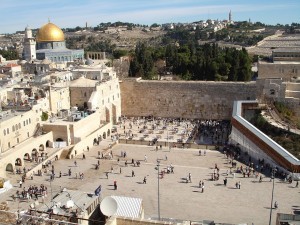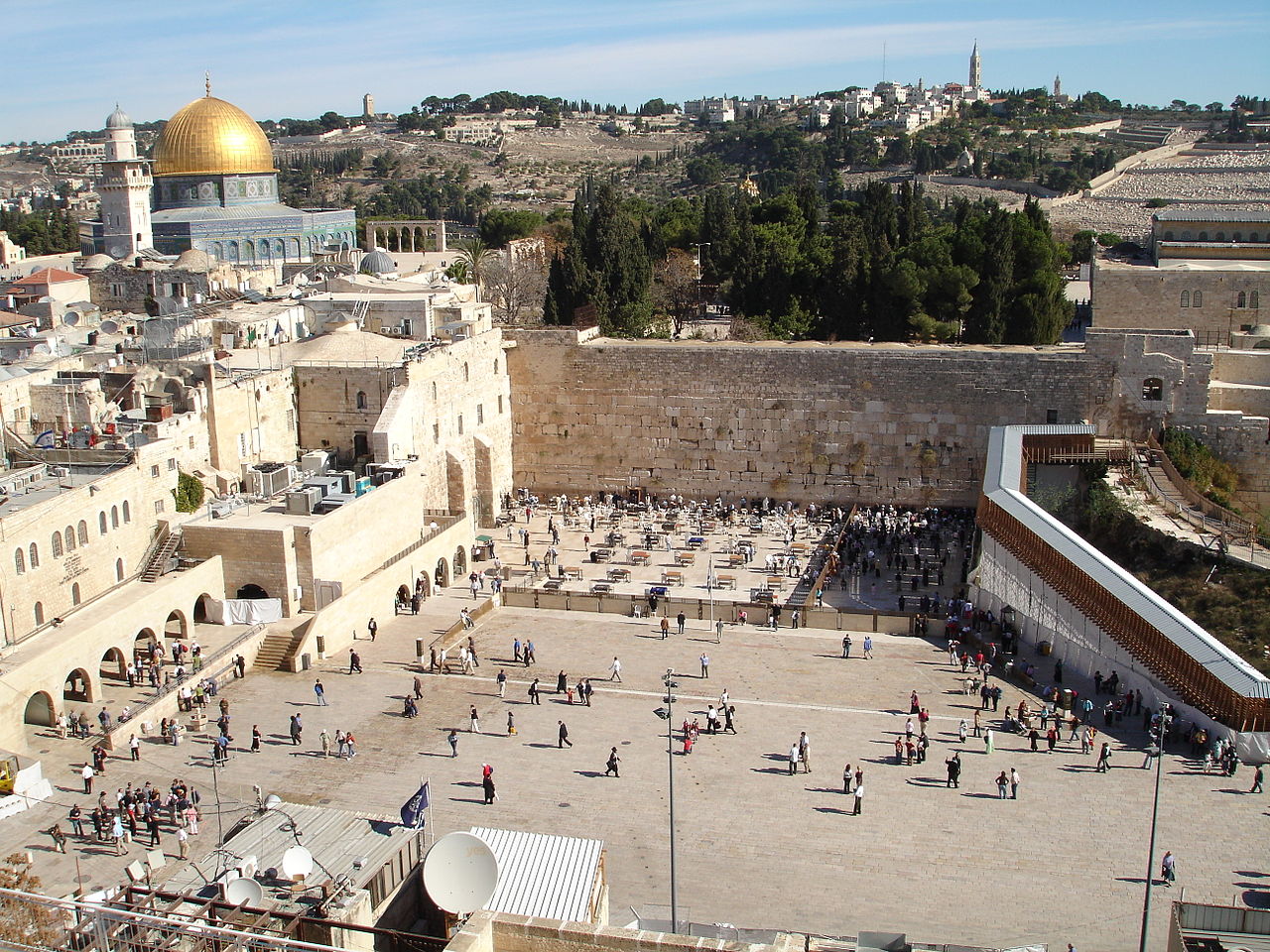
For a very long time, Reform and Conservative Jews have been pushing for greater recognition in Israel. Yet with every passing year, the resistance from the Orthodox has grown more intractable. Without question, Israel 2016 is far less inclined to respect non-Orthodox religious practices than ever before.
Nevertheless, this week, the progressive movements did score a significant victory.
The Government of Israel officially approved a proposal to share the Western Wall. For the first time, there is legal recognition of egalitarian prayer at the Wall in the spirit of Reform and Conservative Judaism.
Now, any visitor to the Western Wall and any family from Israel or from abroad celebrating a Bar or Bat Mitzvah will be able to choose between a separated prayer service with a mechitza (barrier) between women and men and an egalitarian and mixed prayer service.
All this is good news. Nevertheless, the battle for the recognition it is far from finished. I fully expect that there will be strong push-back, perhaps even the form of intimidation aimed at those who avail themselves of the new permissive rules are likely to face. The Orthodox will double down on their efforts to suppress other Jewish religious movements and will push ever harder for Jewish law to impinge on secular society. Not that this should deter us. Realistically, the ultra-Orthodox are growing more numerous. Simultaneously, secular Israelis are more inclined to dismiss Orthodoxy’s arrogant fierce opposition as irrelevant to their daily lives. To them, the Western Wall is essentially a tourist attraction in which they have little interest.
This change for the better is more than a pyrrhic victory. It demonstrates that the Israeli government recognizes that the sensibilities of Jews outside of Israel do matter, that we are deserving of respect. The Wall belongs not only to Israel; it belongs to the entire Jewish people.
Still, let’s pause to consider what has been gained.
The Western Wall is not as sacred as many pretend. It is not the remnant of Solomon’s Temple. Rather it is the last standing remnant of the Second Temple.
The history of the second Temple is not particularly inspiring. The priests and Levites had become a privileged class. The High Priests were more political figures than true religious leaders. The Judaism that was practiced there bears almost no resemblance to today’s Judaism, even Orthodoxy. Animals and agricultural produce were offered as sacrifices. Ordinary people were mere spectators to the rituals.
Is this really the kind of Judaism that any rational person would ever want to restore? I certainly hope not. Yet that is precisely what the Orthodox pray for every single day, and not only at the Western Wall.
The right to pray in one’s own manner at the Western Wall is an important achievement in the struggle for equality in Israel. However, it is not of actual religious significance to the overwhelming majority of Jews worldwide. Far from it. If, God forbid, there would be a restoration of the ancient sacrificial practices, I am sure that the overwhelming majority of Jews everywhere would be appalled.
So, as progressive Jews now exercise our right to worship at the Wall in our own way, let us do so as a demonstration of our continuing demand for equality, nothing more. The Wall symbolizes our history too, our celebration of the establishment of the State of Israel that is of tremendous importance to Jews everywhere.
The Western Wall is an ancient monument the emotional and historical impact of which cannot be measured. But it most definitely is not a symbol of a Judaism we would ever wish to see restored.
